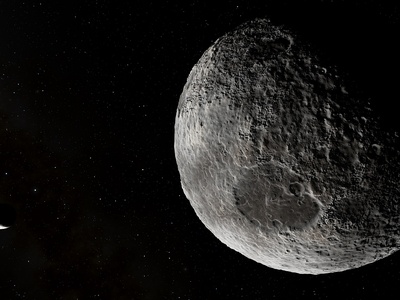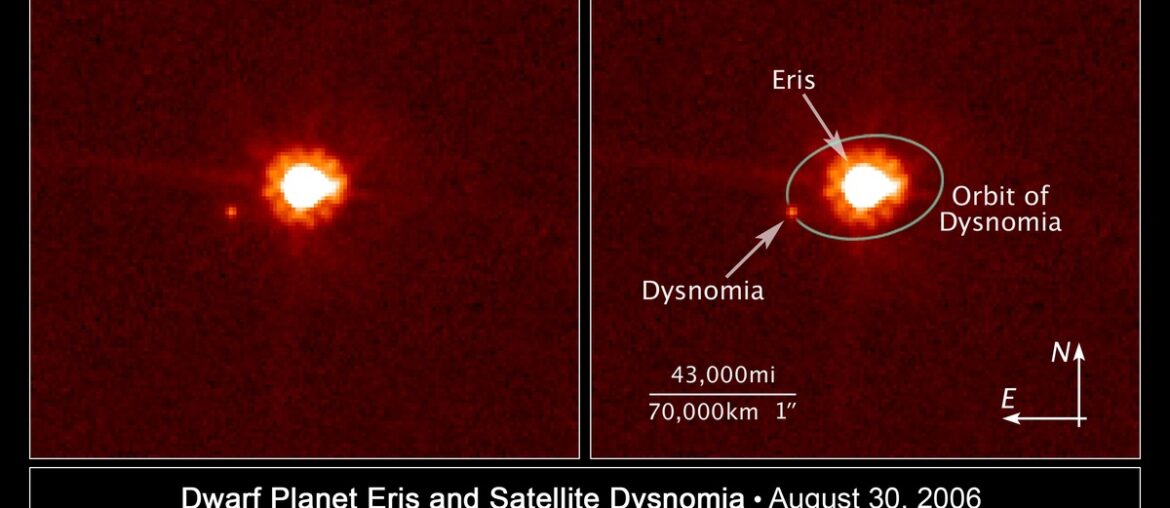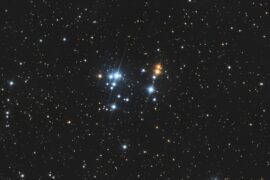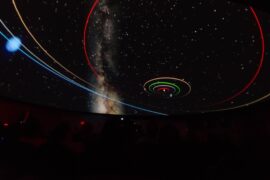Eris sits in the distant, icy reaches beyond Neptune, a dwarf planet in the scattered disk that forced astronomers to rethink how we classify bodies in our solar system. Its distance and brightness make detailed study challenging, but modern telescopes have revealed key companions and properties.
There are 1 Moons of Eris, ranging from Dysnomia to Dysnomia. For each, the table lists Discovery date, Orbit period (days), and Diameter (km); you’ll find those details laid out for quick comparison below.
How was Dysnomia discovered?
Dysnomia was identified in 2005 when astronomers noticed a faint companion in images of Eris taken with large ground-based telescopes; follow-up observations measured its motion and confirmed it as a satellite rather than a background star.
Could Eris have additional, smaller moons?
It’s possible but none have been confirmed; smaller moons would be faint and close to Eris, making them hard to detect from Earth, so deeper imaging or a spacecraft visit would be needed to rule them out.
Moons of Eris
| Name | Discovery date | Orbit period (days) | Diameter (km) |
|---|---|---|---|
| Dysnomia | 2005-09-10 | 15.79 | 150-700 |
Images and Descriptions

Dysnomia
Dysnomia — discovered 2005 by Michael E. Brown, Chad Trujillo and David Rabinowitz using Keck adaptive optics — orbits Eris every ~15.79 days. Named for the Greek goddess of lawlessness (daughter of Eris), its size is uncertain, roughly 150-700 km.
Enjoyed this article?
Get daily 10-minute PDFs about astronomy to read before bed!
Sign up for our upcoming micro-learning service where you will learn something new about space and beyond every day while winding down.







